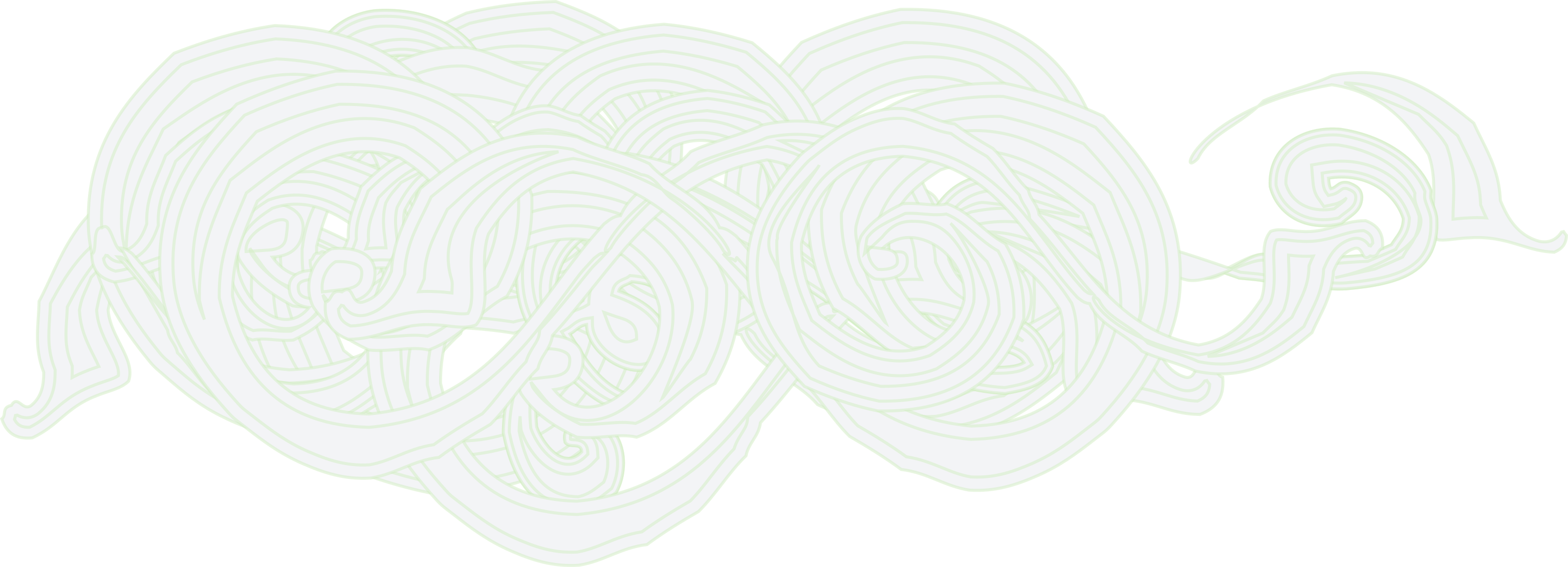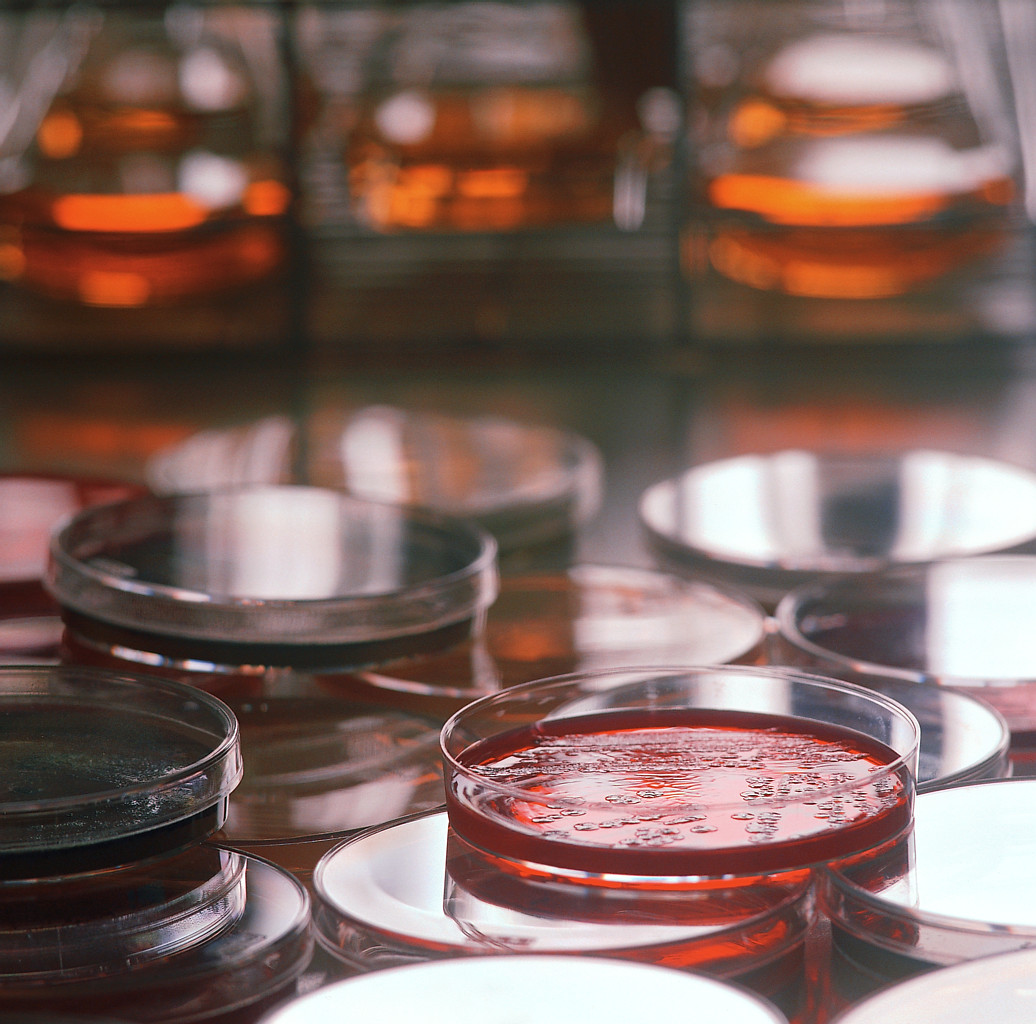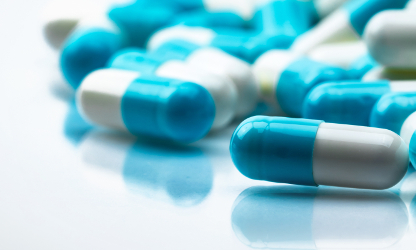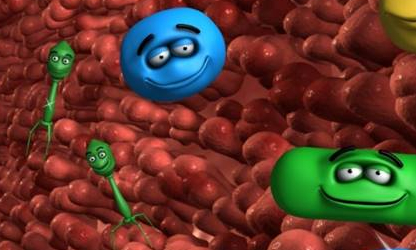

Good and Bad Bacteria
We live in an environment that is full of living organisms, and bacteria are an essential part of that environment. Bacteria are ubiquitous in nature, and they play an important role in maintaining life on this planet, so much so that without bacteria, life would not be possible on Earth. We are beginning to increasingly appreciate the value of having good bacteria in our environment, as demonstrated by increasing demand for healthy foods such as yogurts and vegetable or fruit juices that are supplemented with "good" bacteria which help us to digest various foods, synthesize some important nutrients, enhance immune system function, etc. However, along with good bacteria, the environment also contains bacteria that are pathogenic for humans and can cause human morbidity or even mortality. A prime example of such bacteria is Listeria monocytogenes, which occasionally makes its way into food processing facilities and contaminates foods, including ready-to-eat foods. When those foods are consumed by humans, listeriosis may ensue, and the outcome of the disease can be devastating, especially in pregnant women or the elderly. Thus, various sanitizing or disinfecting chemicals are routinely used in food processing facilities to kill L. monocytogenes and other pathogenic bacteria. However, while those chemicals do effectively kill bacteria in the short term, they tend to kill all bacteria (pathogenic and beneficial), thus creating a "sterile environment." However, a sterile environment is unsustainable in food processing facilities, and they rapidly become repopulated by bacteria, including pathogenic species that were the targets of the original sanitation. It is thus important to have a modality that will not attempt to sterilize the environment (a futile effort by any means) but will rather target specifically "bad" bacteria in that environment, without disturbing the "good" bacteria. The goal is to have an environment that is colonized by "good" bacteria in which "bad" bacteria will have difficulty establishing themselves. However, this is easier said than done, because none of the currently available chemical sanitizers or disinfectants can differentiate between "good" and "bad" bacteria.
Bacteriophages are nature’s way to control the levels of specific bacteria in the environment. There are bacteriophages that kill "bad" bacteria and those that kill "good" bacteria - which ensures that important ecological balance can be maintained in the environment. Intralytix’s concept for eco-management in food processing plants and similar establishments is to use lytic bacteriophages that specifically target a small number of selected "bad" bacteria without affecting any of the "good" bacteria. The concept/technology provides the most gentle, environmentally-friendly, non-toxic, and safe approach for dealing with pathogenic bacteria in specific environmental settings ("eco-management").
Areas of Practical Application
Properly developed and manufactured phage preparations can be invaluable in specifically eliminating, or significantly reducing the levels of, targeted "problem" bacteria in specific environmental settings, such as:
- For environmental clean-up of food processing plants, which would substantially reduce the risk of foodborne pathogens contaminating our food supply
- For treating seeds and plants against specific "problem" microorganisms
- For hospital sanitation, to reduce nosocomial infections caused by pathogenic bacteria, and multidrug-resistance bacteria in particular
- For workplace and equipment decontamination
- Other eco-management applications







